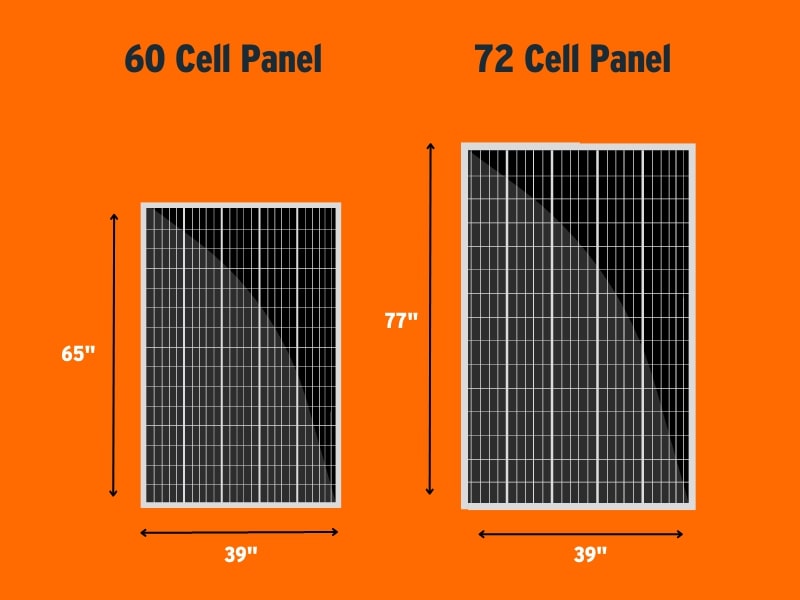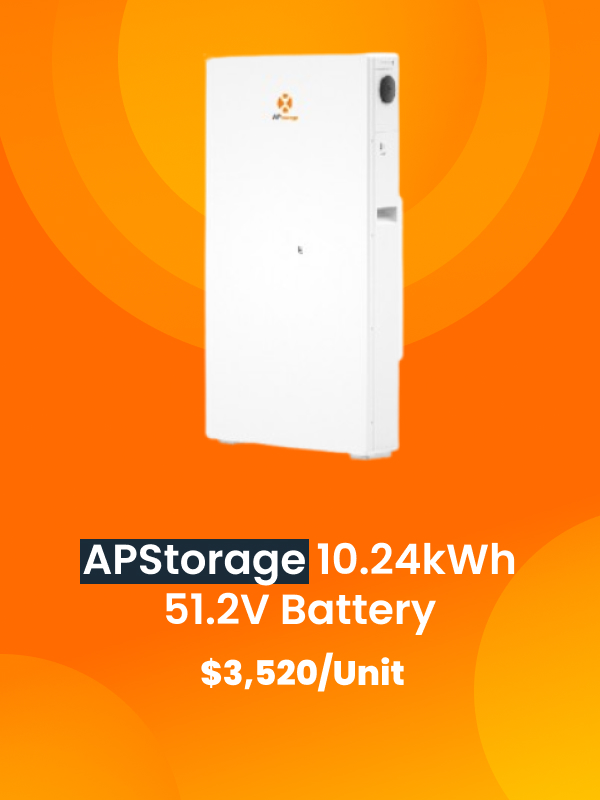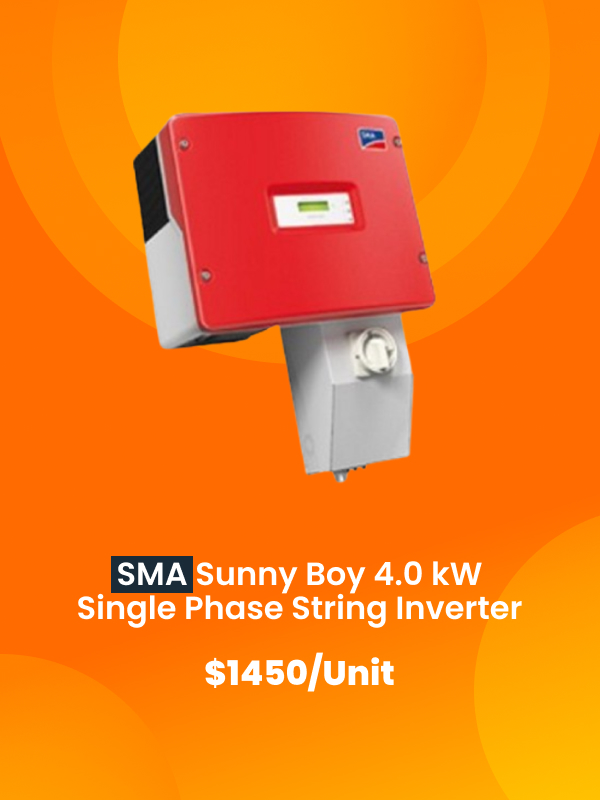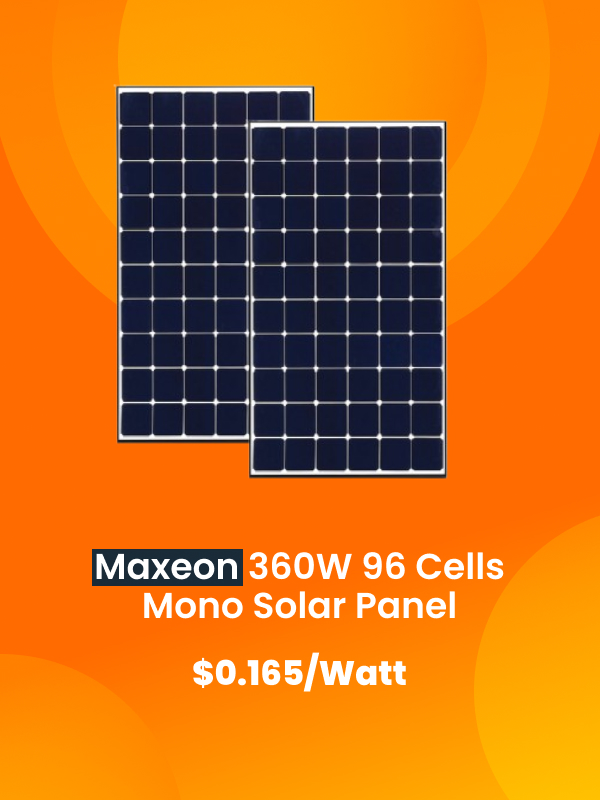One oft-overlooked element of the solar buying process is the dimensions of the panels. Size and weight of solar panels affect installation costs, safety considerations, transportability, footprint, and other factors that impact your project. A better grasp of this information makes you a more educated consumer capable of identifying efficient and cost-saving panels.
Here you’ll find a comprehensive guide on solar panel dimensions to help you make an informed buying decision. Regardless of your application’s scale- from rooftop applications to large solar arrays- understanding your solar panels’ dimensions is critical for getting the most out of your investment.
What are the standard solar panel sizes?
For this blog, we will look at traditional rectangular-shaped crystalline solar panels. These are the squared or rounded silicon photovoltaic cells encased in glass with a metal frame.
We can divide traditional solar panels into commercial and residential panels. One immediate difference you’ll notice is that commercial panels are larger than residential panels. Commercial projects require more power than residential projects because the buildings are typically larger and require more electricity than homes. Commercial panels have 12 additional cells than residential panels, giving them the higher wattage they need.
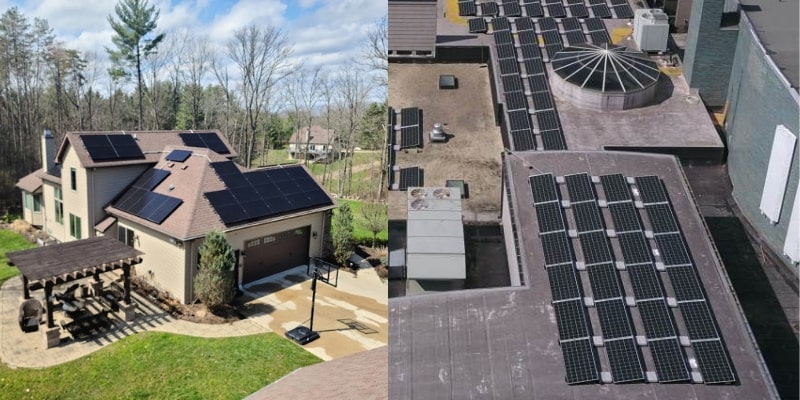
Major differences between the sizes of residential and commercial solar panels
While there are minor differences depending on the manufacturer, residential and commercial panels are typically configured as follows:
| Properties | Residential | Commercial |
| Shape | Rectangular | Rectangular |
| Cells | 60 | 72 |
| Dimensions | 39″* 65″ ( 3.25 ft* 5.5 ft) | 39″* 77″ (3.25 ft* 6.42 ft) |
| Layout | 6*10 grid | 6*12 grid |
| Weight | 42 pounds | 50 pounds |
Most crystalline solar panels are encapsulated by aluminum frames, adding an additional 1.25″ * 1.6″ to their footprint. Frameless panels and thin film panels do not require this additional calculation.
How much do solar panels typically weigh?
Solar panels usually weigh between 40-50 pounds. Check your spec sheet to see what your panels weigh, as this is an important consideration for whether your roof can support the total weight of your project. Keep in mind that ground-mounted solar panels may be an option for you if the roof won’t work.
What’s the size of the Average Solar Array?
The average residential solar array is made up of anywhere from 15-25 solar panels, depending on the square footage of the home. Commercial projects typically require substantially more panels because they involve larger buildings with greater power requirements. These can vary significantly depending on whether we’re looking at a small doctor’s office or a large manufacturing plant. Utility scale projects like solar farms may require hundreds or even thousands of panels generating 1 megawatt or power of power. These can take up acres of space.
As for your project?
Understanding wattage gives you a better idea of how many solar panels you’ll need for your project.
Wattage traditionally ranges from 150 watts to 550. In recent years, 400W-500W has become standard for commercial projects, with residential being closer to 250W-400W. In 2020, utility-scale projects started to use 600W- 700+ watt panels!
It’s important to note that wattage isn’t the only factor to consider when selecting solar panels, as you should also consider efficiency, durability, and other features. Talking to a solar expert is helpful, but you can find more information by comparing each manufacturer’s spec sheets.
How do I measure the total footprint for my solar project?
You can estimate the total footprint for a rooftop project by following the process below.
- Calculate your monthly electricity consumption by dividing the total kiloWatt hours (kWh) on last year’s energy bill (kWh) by 12.
- Divide this number by 30 (days) to determine your daily usage.
- This NREL calculator calculates irradiance (solar hours per day) in your area
- Divide your daily electricity consumption by irradiance to determine your total power requirements.
- Multiply by 120% to account for expected degradation and inefficiencies.
- Divide the product of #5 by the wattage of the solar panels you are considering for your solar panel total
- Multiply your total panels by each dimension. Installers will leave 4-7″ between panels for most rooftop projects, so be sure to add that.
For ground-mounted projects like solar farms, you are far less limited. You have as much flexibility as you do space to install your panels!
Are there other solar panel sizes? (RVs/Boats/Etc)
Some manufacturers carry smaller solar panels (link) that are sized specifically for RVs or boats.
RVs and boats require less power, which means they can take smaller panels with fewer cells.
These panels are typically 100-200 watts, which is about half the power of residential and commercial panels.
The bright idea
Budget, space, and energy requirements all play a role in determining which panels make the most sense for your project. Understanding the dimensions of the solar panels you are considering ensures you purchase the product that suits your project.
Research all potential solutions thoroughly before settling on a particular solar panel or system setup. Talking to sales reps is helpful, but you can review and compare manufacturer spec sheets for a more detailed look at each product.
If you would like more information about how to choose the right solar panel for your project, contact our sales team today!

